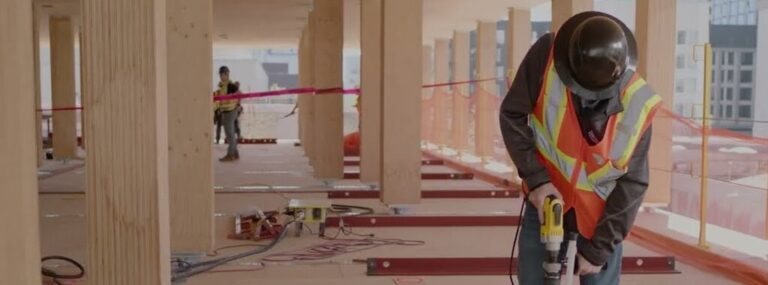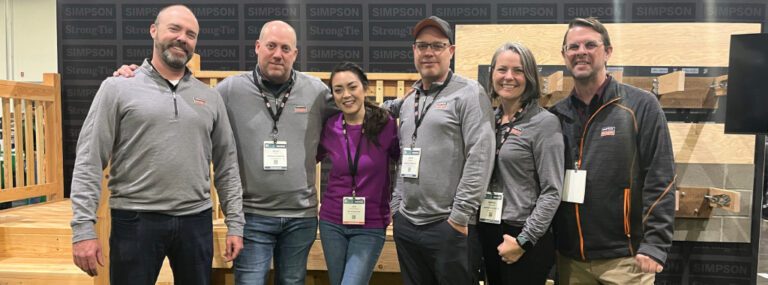While the Golden Gate is no longer the longest or tallest bridge in the world, its iconic status has endured. Named one of the seven wonders of the modern world by the American Society of Civil Engineers, the Golden Gate enjoys regular special attention from 13 ironworkers and 28 painters who replace corroding steel and rivets with high-strength steel bolts and constantly touch up the span with paint to prevent corrosion.
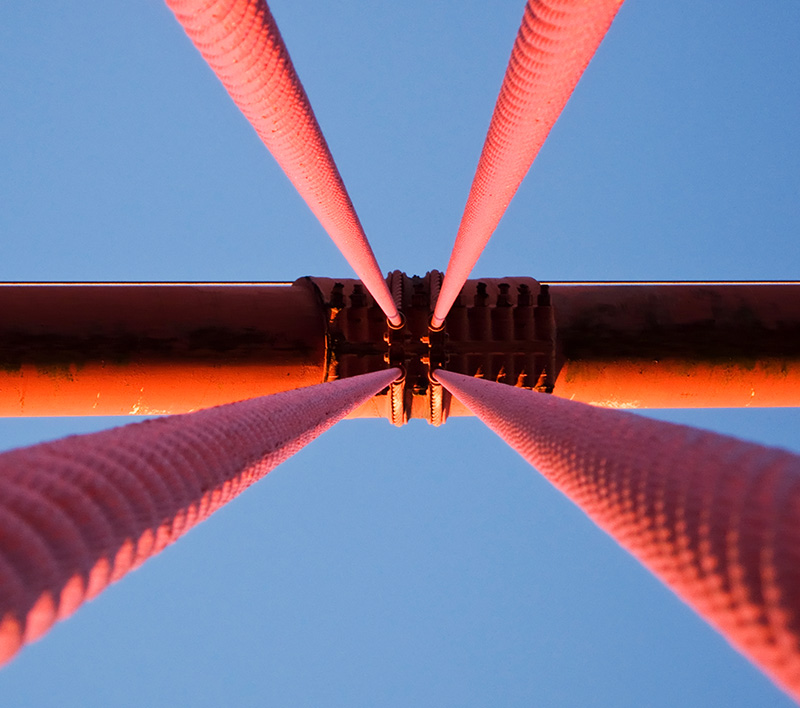
Not all bridges are so lucky. Across the country, at least 54,259 bridges are structurally deficient at present, according to the American Road and Transportation Builders Association 2018 Deficient Bridge Report. In fact, 9% of all US bridges are exhibiting at least one key structural element in poor enough condition to need repair. In 2007, fractured steel gusset plates were responsible for the collapse of the I-35W Mississippi River bridge in Minneapolis, which resulted in the tragic deaths of 13 people and injuries to hundreds more.
With little federal aid available to improve its infrastructure, Minnesota levied a sales tax on gasoline to fund bridge repair, retrofit or replacement in the wake of the I-35W disaster. A decade later, the Gopher State is among the nation’s leaders in improved infrastructure, and 26 other states have since followed its gas-tax model while a $1.5 trillion federal infrastructure proposal meanders its way through Congress and bridges continue to deteriorate.
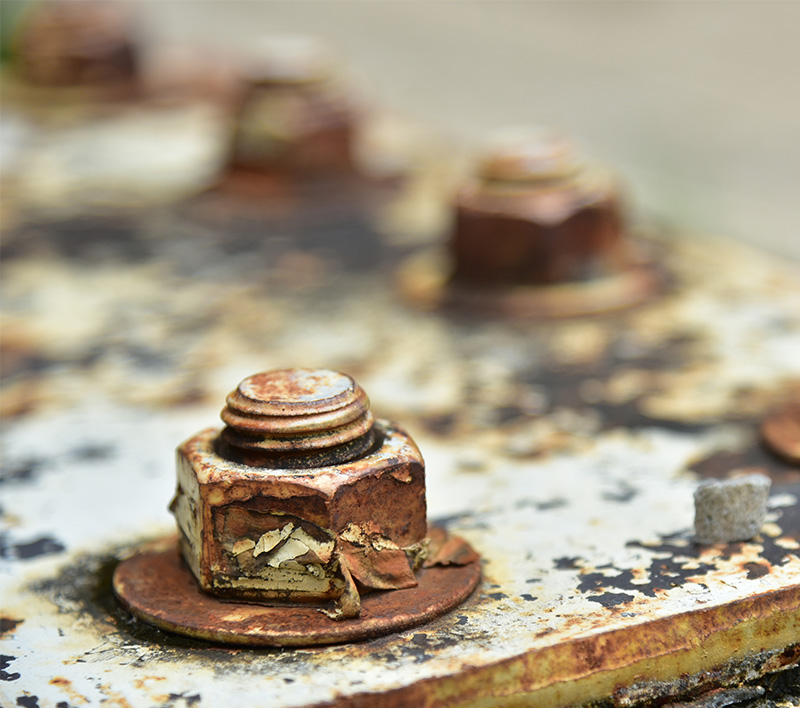
To be fair, the number of structurally deficient US bridges has declined from a high of 74,000 in 2007, but much more must be done to avoid additional catastrophic failures and improve a national infrastructure that former transportation secretary Ray LaHood likens to the patched-up network of a third-world country.
To assist designers, engineers and contractors engaged in the replacement and retrofit of condition-critical infrastructure, Simpson Strong-Tie has developed large-diameter stainless-steel screw anchors designed for severely corrosive environments, delivering new standards of anchoring performance for bridge, marine and water treatment plant construction and retrofit applications. Available since April 2017 in 3/8″ and 1/2″ diameters, the Titen HD® heavy-duty anchor (THDSS) is now the first stainless-steel screw anchor also available in 5/8″- and 3/4″–diameter sizes.
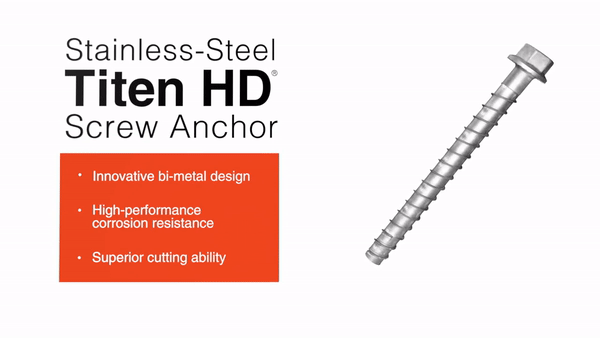
“There is definitely a need in the market for larger-diameter screw anchors,” says Simpson Strong-Tie senior product manager Mike Steiber. “Wastewater facilities are definitely one of the key markets where these larger-diameter, corrosion-resistant anchors are badly needed, but the retrofit opportunity is also there for bridges, because right now we’re not repairing these bridges fast enough to make the problem go away.”

Simpson Strong-Tie® Composite Strengthening Systems™
For more information about using the THDSS screw anchor for bridges and in other marine applications, download the THDSS product flier here.
